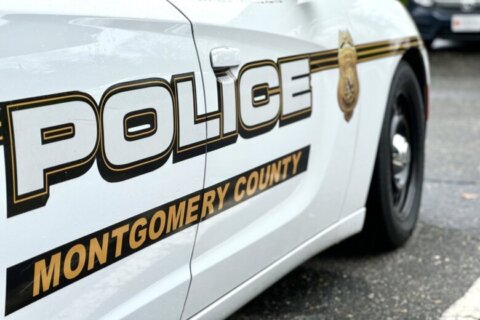Montgomery County officials in Maryland have released the details of their two-year study to redesign its Ride On Bus network.
Called “Ride On Reimagined,” this is both a long and short term look at the county’s transit options as the county’s population is expected to increase by 18% between now and 2050 and employment is expected to surge by 39%.
“We have taken stock of Montgomery County’s transit needs and now have a clear path to move forward with improvements to enhance operational efficiency and proactively prepare for anticipated future growth,” MCDOT Director Chris Conklin said.
The plan aims to expand public transit access and provide faster, more reliable service by changing some routes, adding new ones, adjusting times and expanding coverage to some underserved areas.
Some of the highlights include:
- Expanding the county’s express and on-demand bus services, including eight new Flash bus rapid transit lines, four Ride On extra lines and 19 new Ride on Flex zones.
- More frequent service with 30 routes seeing improved weekday frequencies, and 38 routes will have improved weekend frequencies.
- An additional 26 routes will have new weekend service.
- Expanded coverage with the Vision Network expanding its Ride On service footprint across the county through 19 new Ride on Flex zones.
- These zones collectively serve more than 85 square miles, reaching areas that currently do not have transit service and improving service quality and connectivity in lower-density neighborhoods.
“The ‘Ride On Reimagined Transit’ study reflects our dedication to addressing the evolving transportation needs of our diverse community,” Montgomery County Executive Marc Elrich said.
“We are constantly trying to find ways to make transit more useful and available to more residents. Our goal is to effectively accommodate growth and density by supporting transit-oriented development, paving the way for a more sustainable and inclusive future.”
Much of what the county is seeking remains unfunded and it may be up to five years or more before many of the changes are fully implemented.
For instance, although the county wants to eventually launch eight more Bus Rapid Transit lines, it only expects to launch two of them, along MD-355 Central and Veirs Mill Road, within the next five years. According to the county’s website, the next two are expected to be routes called North Bethesda and New Hampshire Avenue; both of those routes are only in the planning stages right now.
The short-term changes, which are expected to begin by the summer of 2025, have not been finalized yet. Still, county officials say they are relatively minor compared to the long-term vision.
The plan in some ways is similar to what Metro has done, and Montgomery County is calling much of what it wants to do its “vision” plan, which is a plan that would be put in place in an ideal world and would require increases in funding. Ride On is hoping for “modest” increases in funding over the next five years — and more increases after that.
Montgomery County said much of what it wants to do is dependent on Metro implementing near- and short-term changes that are part of its “Better Bus Network” redesign plan.
County officials say in addition to redesigning the routes, they are looking at the county’s long-term economic viability and this will assist in that process.
“The average resident in Montgomery County will be able to access nearly 14,000 more jobs within 30 minutes during a typical weekday morning rush hour commute using the proposed bus network enhancements, a 74% increase in job accessibility compared to the existing network. These advancements will allow us to provide equitable access to jobs and encourage public transit use,” Conklin said.
The program is also ambitious when it comes to improving the environment, by encouraging public transit, but also getting more zero-emission buses into the fleet to reduce greenhouse gases and support the county’s long-term climate action plan, released in early 2024.
The county will transition to nearly 400 zero-emission MCDOT Ride On buses. The public transit system currently has 14 electric buses and plans to secure 100 more over the next three years.
Montgomery County is also the first public transit agency on the East Coast to operate hydrogen buses. There are plans to install a hydrogen charging station, which is expected to break ground in 2025.
Officials said the county is positioning MCDOT itself as a leader in sustainable and accessible transit by aggressively pursuing federal and state grant funding to support transit efforts.
“The support we received has been instrumental in bringing this project to fruition, and we are confident that the redesigned services will deliver significant benefits to both our riders and our organization,” Ride On Reimagined Project lead Deanna Archey said.
Get breaking news and daily headlines delivered to your email inbox by signing up here.
© 2024 WTOP. All Rights Reserved. This website is not intended for users located within the European Economic Area.








